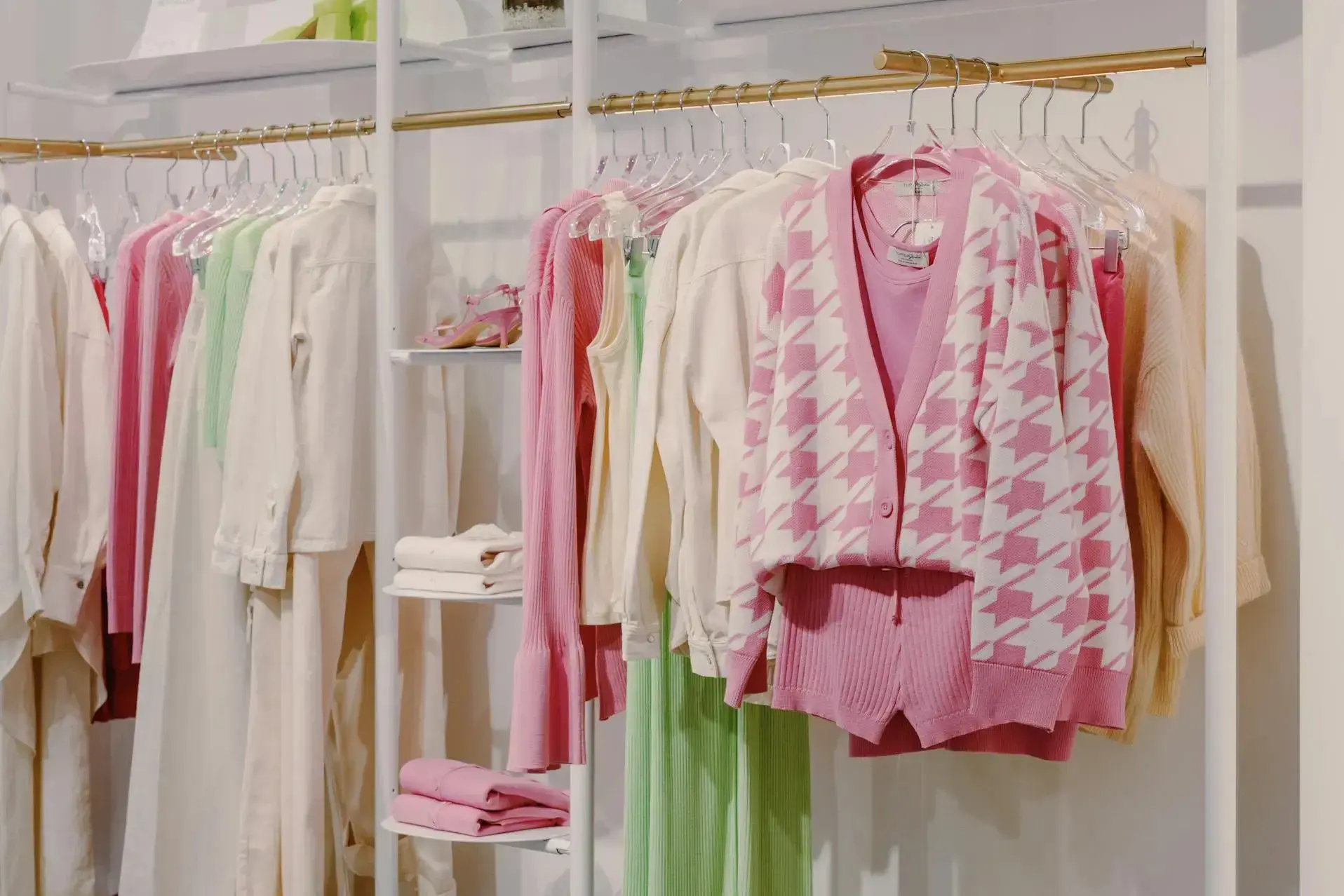


Introduction
The clothing industry has always been a vibrant sector, particularly in Pakistan, where consumer awareness of brands is growing rapidly. This industry reflects shifts in consumer preferences, technological advancements, and global trade dynamics. As we look ahead, aspiring entrepreneurs interested in launching clothing brands have opportunities to leverage technology and adapt to evolving consumer behavior. This blog explores the future of clothing brands in Pakistan, highlighting challenges, opportunities, and recommendations for success.
Background
The clothing industry plays a crucial role in Pakistan’s economy, employing millions of people and contributing approximately 8.5% to the country’s GDP. Despite its significance, the sector faces various challenges, including competition from low-cost producers, the need for quality enhancement, technological upgrades, and growing pressure to adopt sustainable practices.
Challenges
Consumers are becoming more environmentally conscious, pushing brands to adopt sustainable practices. This often requires substantial investments in production processes, eco-friendly materials, and transparent supply chains.
The rise of e-commerce and digital marketing demands that brands invest in technology. Data analytics for understanding consumer behavior and online platforms for sales are now critical for growth.
With a vast global marketplace, brands must differentiate themselves through innovative designs, unique prints, and consistent quality to stand out. Supply Chain Disruptions:
Events like the COVID-19 pandemic have exposed vulnerabilities in global supply chains. Brands need to develop resilient and adaptable supply chains to handle future disruptions effectively.
Consumers demand high-quality, trendy products with seamless online and offline shopping experiences, raising the stakes for brands.
Facts and Figures
Economic Contribution: The textile and apparel sector contributes 8.5% to Pakistan’s GDP, making it a vital part of the national economy.
Employment: It employs around 15 million people, making it one of Pakistan’s largest employment sectors.
Global Market: The global apparel market is projected to reach $2 trillion by 2026, growing at a 4% CAGR. Pakistan’s share in global textile exports is currently 2.2%, highlighting potential for growth.
E-commerce Growth: Online fashion retail is expected to grow by 20% annually in the coming years due to changing consumer behaviors and increased internet penetration.
Recommendations
To overcome challenges and capitalize on opportunities, aspiring brand owners should consider the following:
Invest in eco-friendly materials, adopt fair labor practices, and minimize water consumption in production. Brands that prioritize sustainability will appeal to the growing number of environmentally conscious consumers.
Use digital marketing strategies and e-commerce platforms like Instagram, Facebook, and TikTok to reach broader audiences. These tools help brands engage with customers and increase market share.
Offer unique, high-quality designs that cater to niche markets. Focusing on craftsmanship and specialized products can differentiate a brand in a crowded market.
Develop adaptable and reliable supply chains to handle disruptions effectively. Ensure inventory readiness for new seasons to maintain competitive standing.
Build strong relationships with local consumers by offering culturally relevant designs. Engaging with communities fosters loyalty and strengthens brand presence.
Conclusion
The future of clothing brands, particularly in Pakistan, holds immense potential. By embracing sustainability, prioritizing quality, and leveraging technology, entrepreneurs can carve a unique niche in this dynamic industry. With strategic planning and a forward-thinking approach, the coming years could be transformative for brands willing to adapt and innovate. As the global apparel market continues to grow, the impact of Pakistan’s clothing industry will not only contribute economically but also create positive social changes, positioning the nation as a rising player in the global fashion arena.



Nafees Zahra is an aspiring fashion entrepreneur passionate about exploring the vast opportunities within the clothing industry. Currently, she works as an Objection Specialist at CLAN Group while pursuing an MBA at CARBS, specializing in global political economy.
Please note that all opinions, views, statements, and facts conveyed in the article are solely those of the author and do not necessarily represent the official policy or position of Chaudhry Abdul Rehman Business School (CARBS). CARBS assumes no liability or responsibility for any errors or omissions in the content. When interpreting and applying the information provided in the article, readers are advised to use their own discretion and judgement.
If you are interested to write for CARBS Business Review Contact us!